【新唐人2011年8月25日訊】中國是世界上水庫最多的國家,但目前,中國的水庫有一半以上處於「病險狀態」。許多地區的「病險水庫」如同頭頂“一盆水”,當地多存在滅頂之患。中共政府上週末開會表示,要增加水利投資,消除全部現有病險水庫的安全隱患,但是專家指出,這些水庫已經成為棘手的化學炸彈,問題將長期存在。
據《中國經濟週刊》報導,在上世紀50~70年代,中共完成了水利工程建設的“大躍進”,成為世界上水庫數量最多的國家。現有的8萬7千座水庫,大部分建於那個時期。到目前爲止,這些水庫都已是超期服役。由於當初技術水準有限,而且幾十年的運行中,又缺少必需的維護,中國水庫病險的數量過半,達4萬多座。
報導說,這4萬多「病險水庫」絕大部分散佈在農村和一些縣市的上游。有統計顯示,中國頭頂“一盆水”的城市有179座,佔全國城市的25.4%;頭頂“一盆水”的縣城有285座,佔全國縣城的16.7%。「病險水庫」一旦潰壩,可能給下游城鎮,造成滅頂之災。
水利專家王維洛博士表示,由於大陸社會機制腐敗,治理工程缺乏資金監管和質量監督,所以當局的治理完全沒有達到效果。
王維洛(水利專家):“35年前那時候,它調查了一次,說有25%的水庫是不安全的。中央政府就開始投資,投很多錢,說非要把這個病危水庫給治理好。治理了這麼多年,它現在的病危水庫達到將近50%了。就是說,中央投資越多,這個病危水庫的座數不是越來越少,而是越來越多了。”
《中國經濟週刊》報導說,這次國家水利部的內部事務,第一次上升為中央層面最高規格的治水會議。中共立志在未來的5年,要消除全部現有病險水庫的安全隱患。
王維洛:“在十年裡面,它又要投四萬億人民幣,來搞水利建設。在三年之內把中國的江河湖海的這些問題都要解決了。口氣吹的很大,其實,它這種東西無非就是一種宣傳作用,但是從裡面可以看到中國的這個問題很大。”
王維洛博士介紹,在國外,水庫達到壽命後就拆除,將河流恢復原狀,不能遺留下任何危害,但中國的水庫卻不行。
王維洛:“中國的水庫為甚麼不行?因為中國的水土流失問題太重。水庫裡面裝滿了都是泥沙,你把這個大壩一拆,這些泥沙一下子全部都衝到你河道裡去,接著就是洪水啊。這個東西它拆不掉了,老得花錢給它保護在那裏,花很多錢,它基本上是沒有甚麼功能。中國在那裏做這些工程的時候,它老不想這些事情。”
「四川大學」環境科學與工程教授艾南山表示,這些病險水庫是棘手的“化學炸彈”。
艾南山(四川大學教授):“填滿水庫庫容的這些淤泥,它並不是普通的泥沙,它是帶有污染的泥沙。即使你想報廢,把它炸掉的話,這些泥沙會隨著水衝下來,這也是很災害呀,它有污染哪,所以叫做『化學炸彈』。”
病險水庫難以拆除,既不能再產生效益,又要耗費大量維修和養護費用,資金從哪裏來?
據了解,很多地方沒有將水庫費用納入地方財政支出,即使在幾年內集中了國家的力量,對全部的病險水庫進行了除險加固,但如果後續的管護長期不到位,在整治過後的三五年甚或更短的時間內,中國或許又將面臨新一輪的「病險水庫問題」。
新唐人記者梁欣、尚燕、王明宇採訪報導。
China』s 40,000 Dangerous Reservoirs
China has the most reservoirs in the world.
But now, over half of their reservoirs
are in "dangerous" condition.
Many dilapidated reservoirs are like
pots of water on people』s heads,
becoming the risk of annihilation for the local areas.
During last weekend』s meetings, the Chinese Communist
government (CCP) said that it would increase investments in
water conservation to eliminate all safety issues.
But experts point out that these reservoirs have become
troublesome time bombs, and the problem will persist.
China Economic Weekly reported that in the last 50-70 years,
The CCP finished the construction of the world』s largest
number of reservoirs as part of the "Great Leap Forward."
Most of the existing 87,000 reservoirs were built at that time.
The level of technology was quite limited then,
and there was a lack of required maintenance.
That, combined with decades of operation put
up to 40,000 (over half of) reservoirs in a dangerous state.
The report said that the majority of these 40,000 reservoirs
are scattered in upper reaches of rural areas
and in some cities and counties.
Statistics show that it covers 179 cities and 285 counties
with a ratio of 25.4% of all cities and 16.7% of all counties.
Once the dams of these dangerous reservoirs collapse,
It will cause the annihilation of downstream cities and towns.
Hydraulic expert Wang Weiluo said that
because of the authorities』 systematical corruption,
there was lack of engineering quality control
and financial supervision,
the authorities』 actions haven』t achieved any desired effect.
Wang Weiluo (Hydraulic expert): 35 years ago,
they made an investigation and concluded that
25% of reservoirs were defective.
The CCP began to invest a lot of money into the reservoirs.
However, after decades, the proportion of
faulty reservoirs became nearly 50%.
That is, the more investment made by the authorities,
the more reservoirs end up in critical conditions.
China Economic Weekly reported that it was the first time
the Ministry of Water Resources』 internal affairs were
upgraded to the highest central-level meeting of flood control.
The report said that CCP is determined to eliminate all
existing reservoir safety issues in the next five years.
Wang: In a decade, the authorities will cast
another RMB four trillion into water conservation.
Within three years, it wants to solve all the problems of
China's rivers and lakes. What a big talk!
This is nothing but propaganda.
We can see this problem has become serious.
Wang Weiluo explained that in western countries,
the reservoirs are removed after its life expectancy, and
the rivers are returned to their original state.
but for China』s reservoirs, this is not the case.
Wang Weiluo (Hydraulic expert): Why is there no way?
Because China's soil erosion problems are so serious that
all the reservoirs are filled with sand.
So when removing the dam, sediment will be
washed into the rivers and that will cause flooding.
Therefore, they cannot afford to remove reservoirs.
Instead, you have to keep spending to keep them there,
pouring a lot of money but without much functionality.
When planning these projects, the authorities never
considered these problems.
Ai Nanshan, professor of Professor of Environmental
Science & Engineering of Sichuan University, said that
these dangerous reservoirs are tough “chemical bombs."
Ai Nanshan (professor of Sichuan University):
The sludge that is filled in the reservoir is not ordinary silt;
it is contaminated.
Even if you want to scrap and demolish the reservoirs,
the sediment will be flushed down along with its pollution.
So, it can be called “chemical bombs."
These dangerous reservoirs are difficult to be dismantled.
They no longer produce any benefits but cost so much to
repair and maintain. Where does money come from?
In China, in many places, local fiscal expenditures
do not cover the related reservoirs costs.
Therefore, even if all the dangerous reservoirs are reinforced,
they are left without adequate management and protection.
In three to five years or even less, China might face
another round of "dangerous reservoir" problems.
NTD reporters Liang Xin, Shang Yan and Wang Mingyu.
看下一集
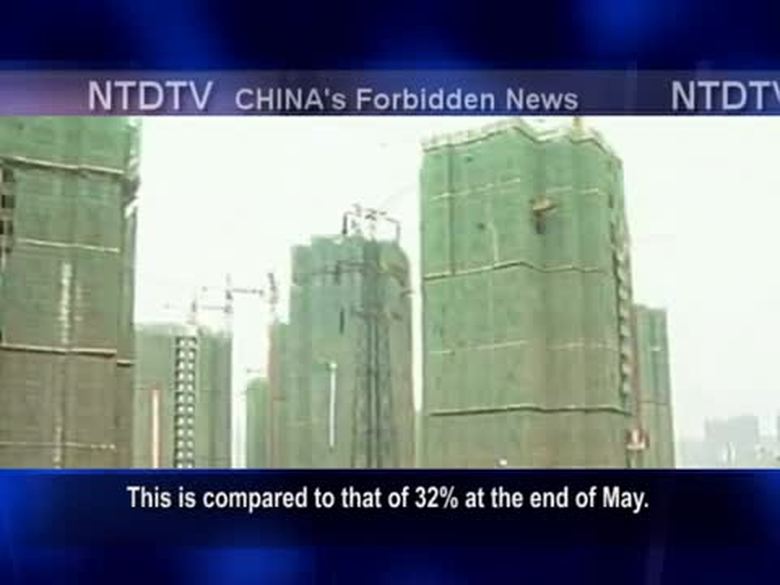
【禁聞】陸保障房賽高鐵 豆腐渣工程露相
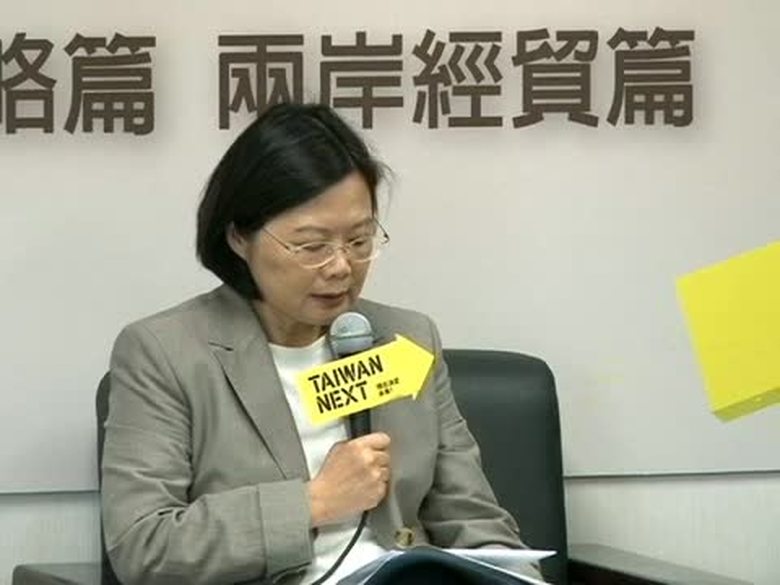
【禁聞】蔡英文提兩岸十年政綱 馬英九回應
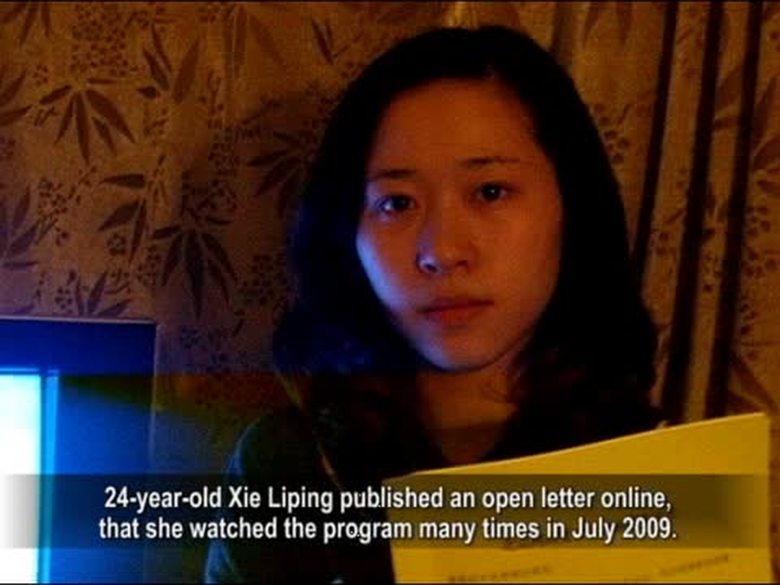
【禁聞】央視虛假廣告 受害民眾挺身揭露
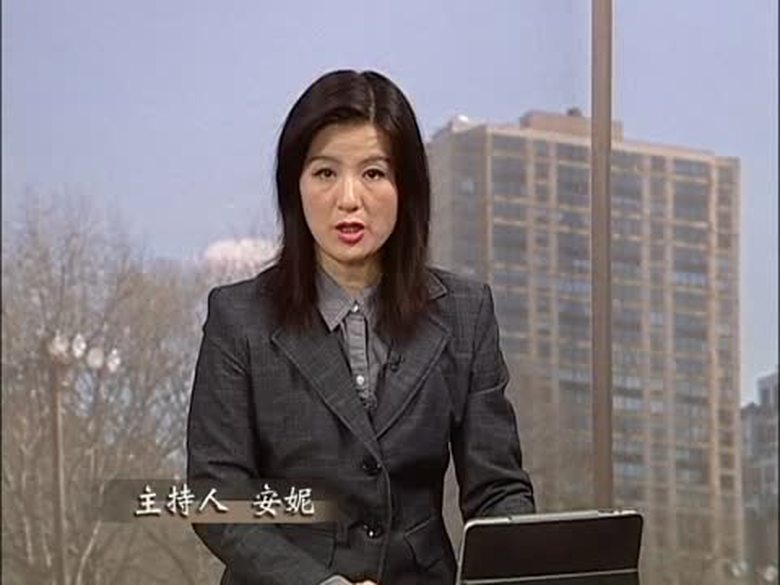
【禁聞論壇】中國人為甚麼仇官仇富?
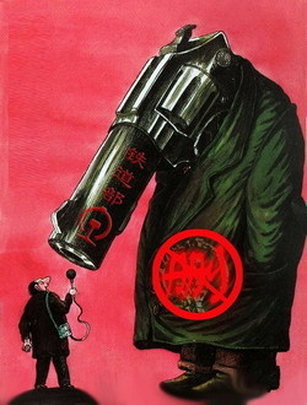
【禁闻】劉淇警告微博 軍警攻網 涉高層權鬥

【禁聞】高智晟無音信 女兒致信溫家寶求救
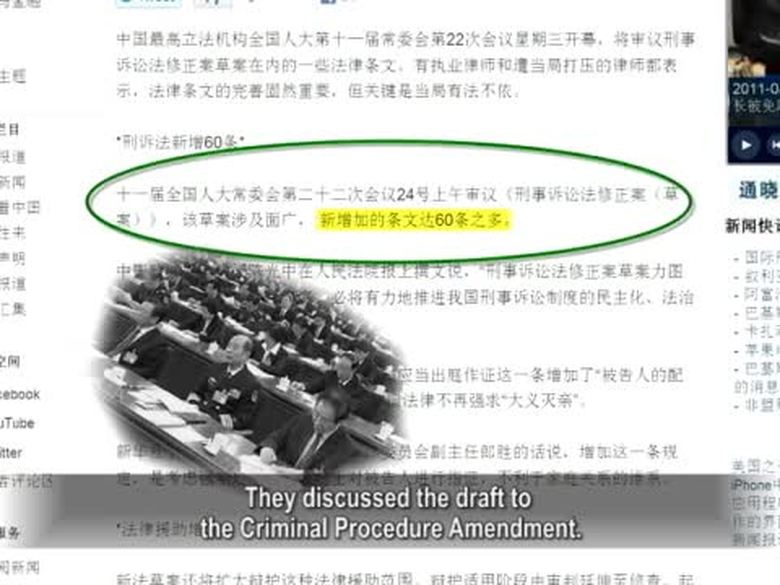
【禁聞】大陸刑訴修法 律師:再造貞節坊
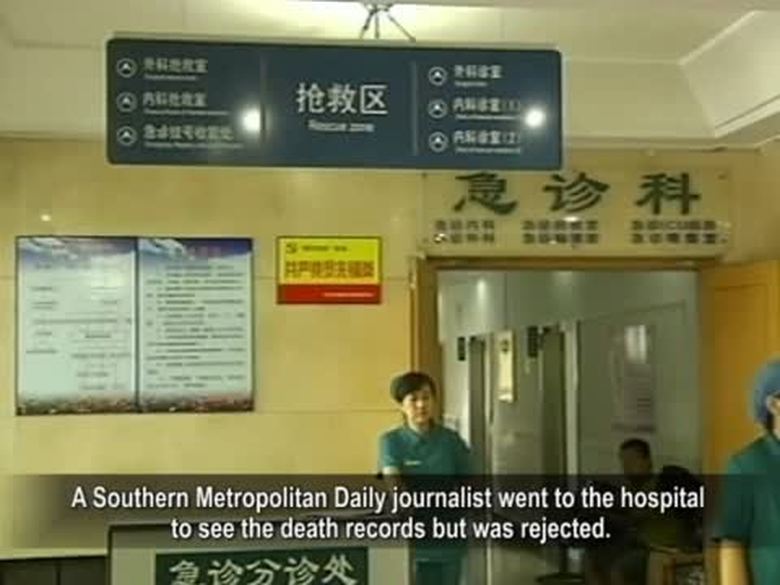
【禁聞】動車事故報告與馬騁之死
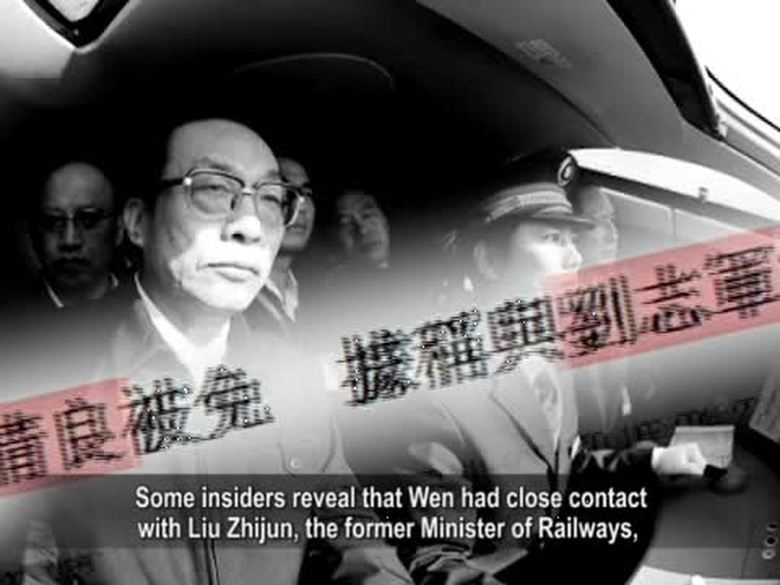
【禁聞】鐵道部連續劇「拔出蘿蔔帶起泥」
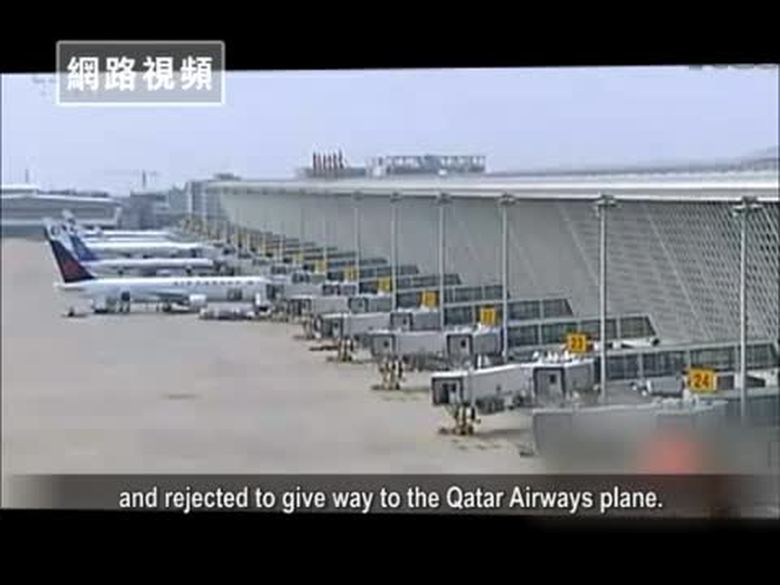
【禁聞】吉祥航空「不吉祥」 寧撞機不退讓

【禁聞】中共軍方攻擊法輪功網站 美方關注

【禁聞】利比亞變天 輿情火熱 中共尷尬
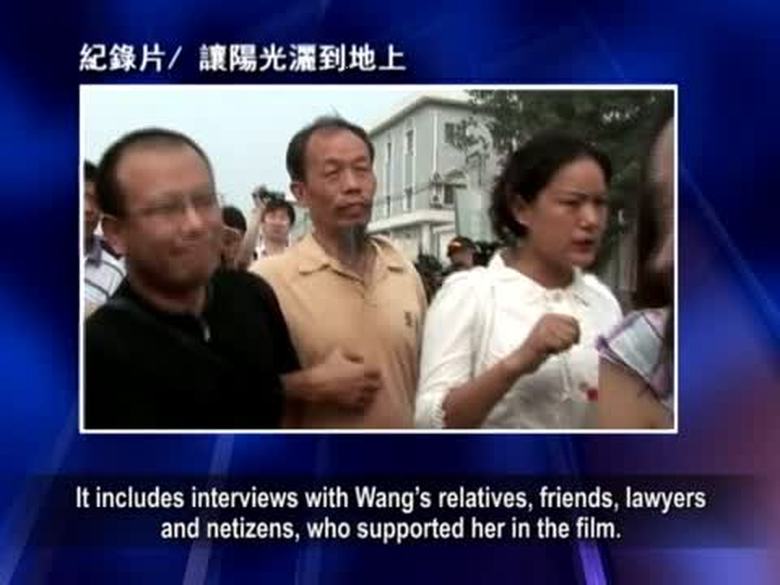
【禁聞】王荔蕻羈押入獄 艾曉明記錄片聲援
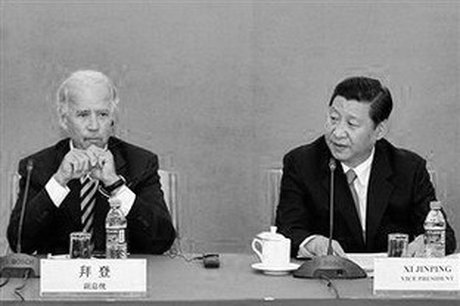
【禁聞】省官洗牌團派上位 胡主導18大佈局
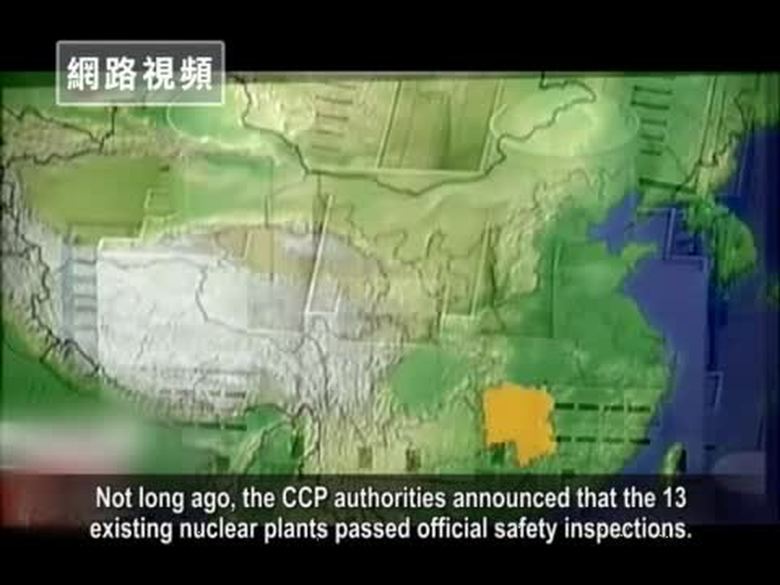
【禁聞】中共核電或步「高鐵」後塵
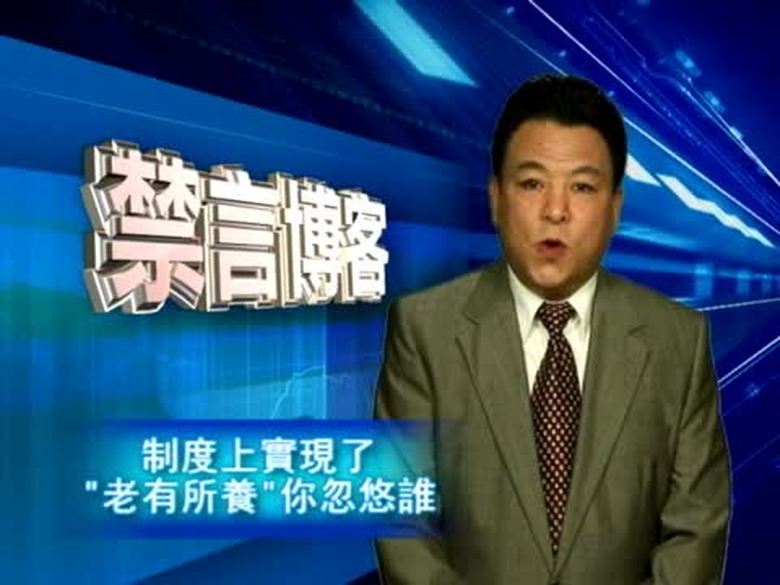
【禁言博客 】制度上實現了“老有所養” 你忽悠誰








